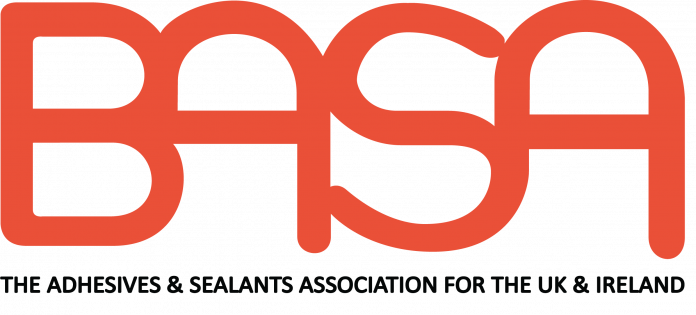The chemicals sector is facing increasingly crowded compliance calendars. New harmonised classifications under the CLP Regulation and REACH restrictions such as the microplastics restriction are all landing on the same compliance date, creating a perfect storm of regulatory pressure.
While aligned deadlines may seem efficient by ensuring a level playing field, in practice they generate heavy workloads, uncertainty, and timing issues across the entire supply chain — with downstream actors feeling the greatest strain.
The Domino Effect Down the Supply Chain
The biggest challenge is timing. Manufacturers often work on complex compliance changes right up until the legal deadline. This is understandable given the need to interpret new requirements, manage testing, or reformulate products, but it leaves little time for those further down the chain to react.
Distributors, formulators, and end users depend on upstream suppliers for updated classifications, raw material data, and revised documentation and labels. If that information only arrives shortly before the deadline, downstream actors face an impossible race to update systems, labels, and regulatory submissions in time.
This cascading delay risks non-compliance, product shortages, or temporary withdrawals from the market. The effect is especially severe in sectors with long formulation cycles or complex supply chains.
Operational and Market Consequences
Synchronised deadlines can also create unintended commercial distortions. If some suppliers achieve compliance sooner than others, it can upset competition and create market uncertainty. Distributors may struggle to source compliant materials, and manufacturers could lose customers waiting on reformulated products.
The cost of compliance can also surge through packaging changes, inventory write-offs, or disposal of non-compliant stock, adding further financial strain to already pressured operations.
Towards Smarter Implementation
There’s a growing call for regulators to adopt a more staggered approach, introducing phased deadlines across the supply chain. Allowing time between manufacturer compliance and downstream implementation would enable smoother transitions, improve compliance quality, and reduce disruption.
Simultaneous deadlines may appear tidy on paper, but they compress the compliance window for the entire supply chain. For those downstream, it often becomes a race against the clock, one that few can afford to lose.
BASA represents the £1.7 billion UK and Irish adhesives and sealants sector, promoting innovation, compliance, and sustainability while supporting business growth and industry standards. Visit http://www.basa.uk.com










